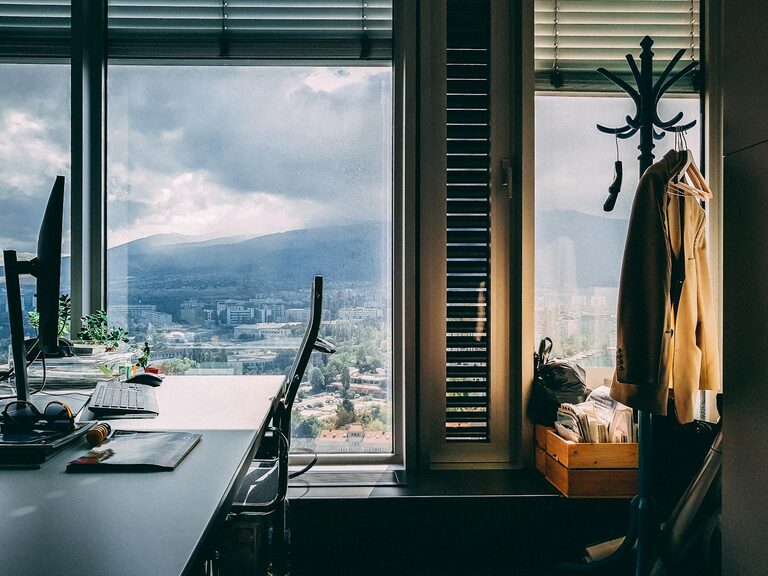Creating a relaxing home workspace is essential for anyone who works remotely or spends a lot of time at home managing personal projects. A well-designed area not only promotes productivity but also helps reduce stress and maintain a healthy work-life balance. Whether you have a dedicated room or a small corner, there are practical ways to transform your space into a comfortable, calming place where you can focus and feel inspired.
Why a Relaxing Workspace Matters
A cluttered, noisy, or uncomfortable workspace can negatively affect your concentration and mood. Spending hours in such an environment often leads to distractions, fatigue, and burnout. On the other hand, a relaxing workspace encourages you to stay organized, maintain good posture, and approach tasks with a calm mindset.
Investing time in creating this environment is a valuable step toward improving your work habits and overall well-being.
Step 1: Choose the Right Location
Finding an ideal spot in your home is the first step to creating your workspace. Consider these factors:
– Natural Light: Position your desk near a window if possible, as natural light boosts mood and reduces eye strain.
– Quietness: Select a quiet area away from high-traffic zones or noisy appliances.
– Space: Ensure there’s enough room for your desk, chair, and any equipment or supplies you use regularly.
If space is limited, a foldable desk or wall-mounted workstation can be great solutions.
Step 2: Pick Comfortable and Functional Furniture
Your furniture plays a key role in comfort and focus.
Desk
– Choose a desk with enough surface space for your computer, notebooks, and accessories.
– Consider adjustable desks that allow switching between sitting and standing positions.
Chair
– An ergonomic chair with good lumbar support helps prevent back pain.
– Adjustable height and armrests contribute to comfort during long work sessions.
Step 3: Declutter and Organize
A tidy workspace feels more inviting and less overwhelming. Follow these tips to keep clutter at bay:
– Use desk organizers, trays, or drawers to store stationery and documents.
– Keep only essential items on your desk. Store other materials in labeled boxes or shelves.
– Adopt a daily habit of tidying your workspace before finishing work to start fresh the next day.
Step 4: Add Calming Elements
Incorporate items that promote relaxation without causing distractions.
– Plants: Small indoor plants improve air quality and add a touch of nature.
– Soft Lighting: Use lamps or fairy lights with warm tones instead of harsh overhead lighting.
– Soothing Colors: Decorate your space with soft, neutral colors like pastel blues, greens, or earth tones to create a calming atmosphere.
– Personal Touches: Photos, art prints, or inspirational quotes can motivate you and make the space yours.
Step 5: Manage Noise and Distractions
Create an environment conducive to concentration.
– Use noise-canceling headphones or play background music or white noise if silence is hard to achieve.
– Inform family members or housemates about your working hours to minimize interruptions.
– Keep your phone on silent or use focus modes during work periods.
Step 6: Maintain Good Ergonomics
Protect your health by setting up your workspace ergonomically.
– Position your monitor at eye level about an arm’s length away.
– Keep your feet flat on the floor or on a footrest.
– Maintain a neutral wrist position when typing.
– Take regular breaks to stand, stretch, and move around.
Step 7: Create a Routine
A relaxing workspace is also about mindset.
– Start your day with a consistent routine, such as a short meditation or planning session.
– Set clear work hours and stick to breaks.
– End your day by closing your workspace to signify the transition to personal time.
Conclusion
Designing a relaxing home workspace is a blend of practical setup and personal touches. By choosing the right location, investing in comfortable furniture, keeping your space organized, adding calming décor, managing distractions, and maintaining good ergonomics, you can create a productive environment that supports your best work.
Remember, your workspace should help you feel calm and focused. Take your time to personalize it and adjust as your needs evolve. A peaceful workspace can transform how you work, making your tasks more enjoyable and less stressful.

